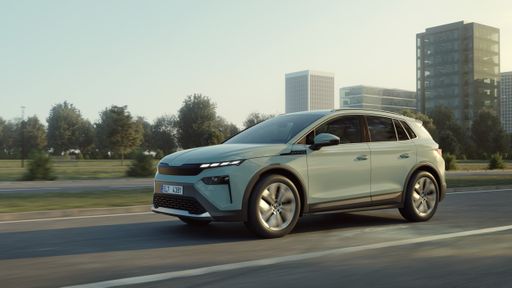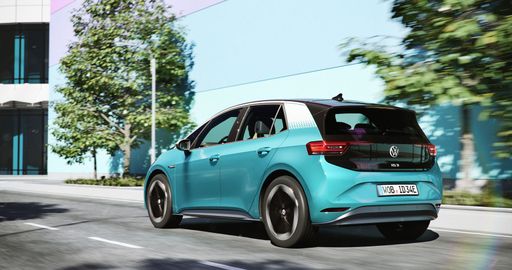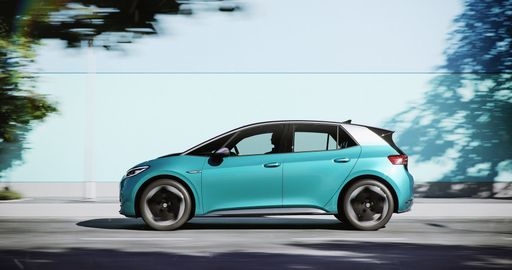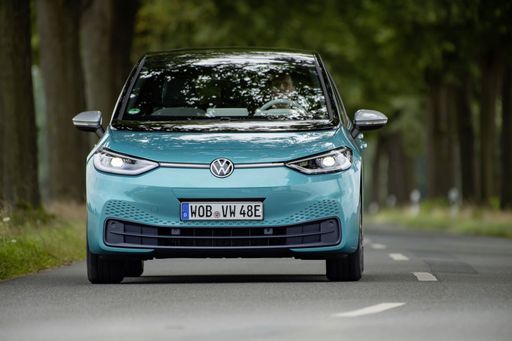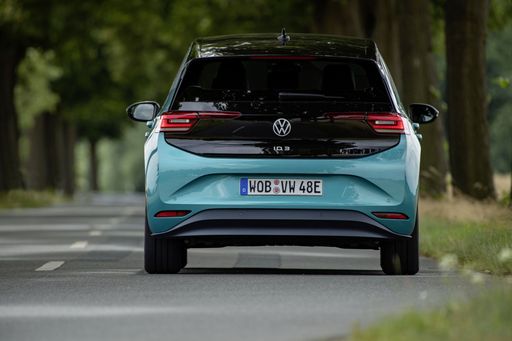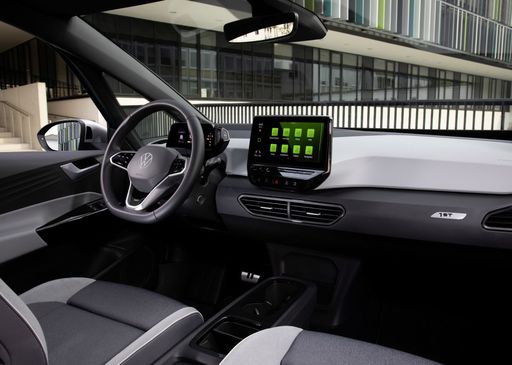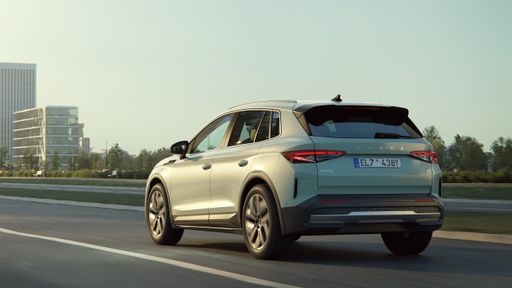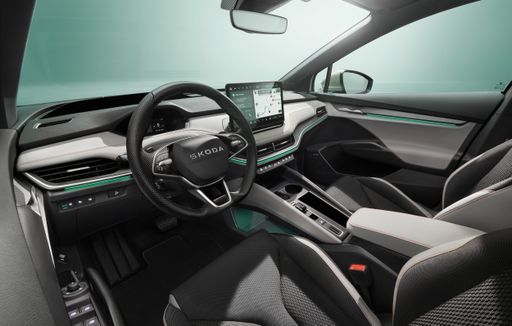Two personalities under one roof
The VW ID.3 arrives with the kind of youthful confidence that feels designed for quick urban hops and image-conscious buyers, while the Skoda Elroq plays the sensible sibling who packs practicality into every panel. One leans into a crisp, modern persona with sporty overtones, the other wears a more grounded, utility-first mantle that appeals to families and weekenders. Both have their charm, but they speak very different languages at the kerb.

